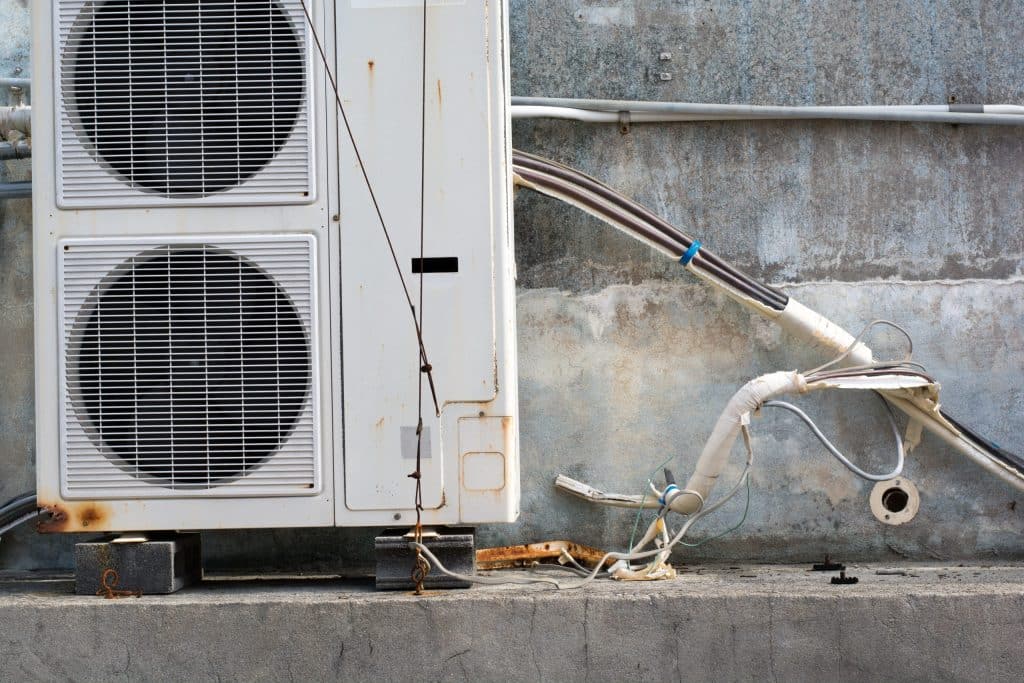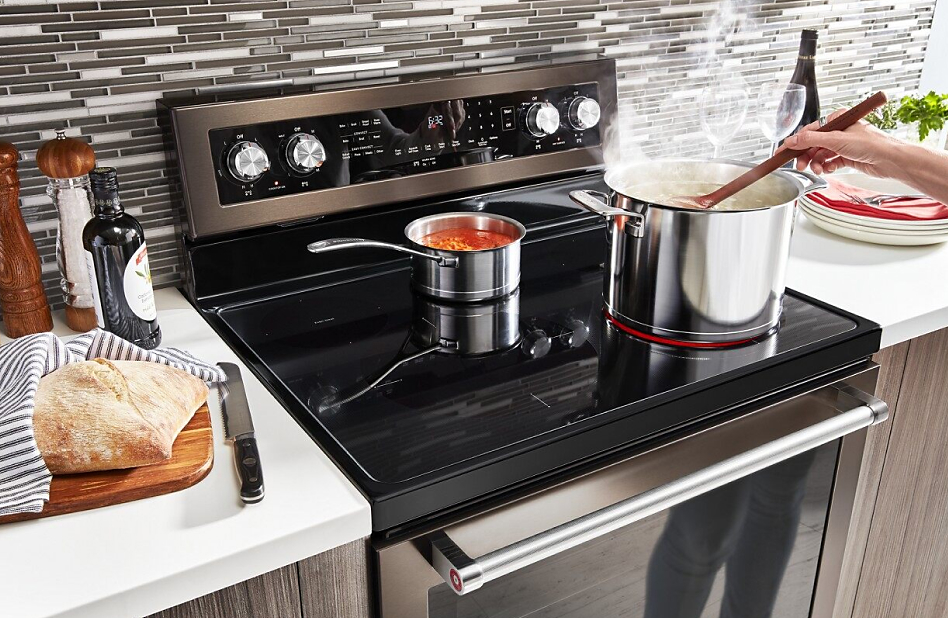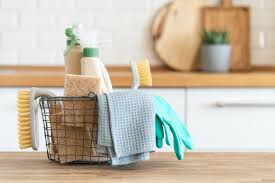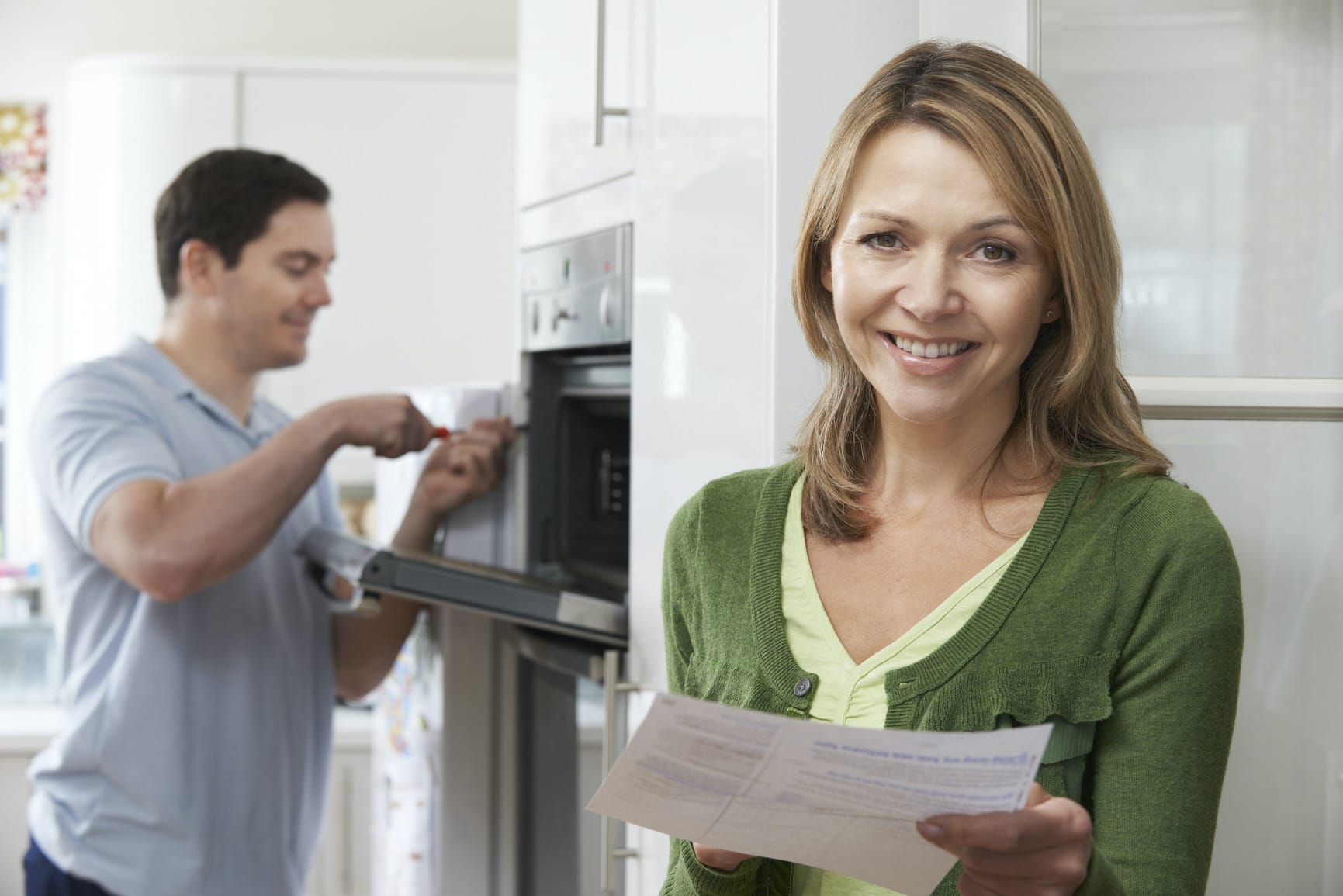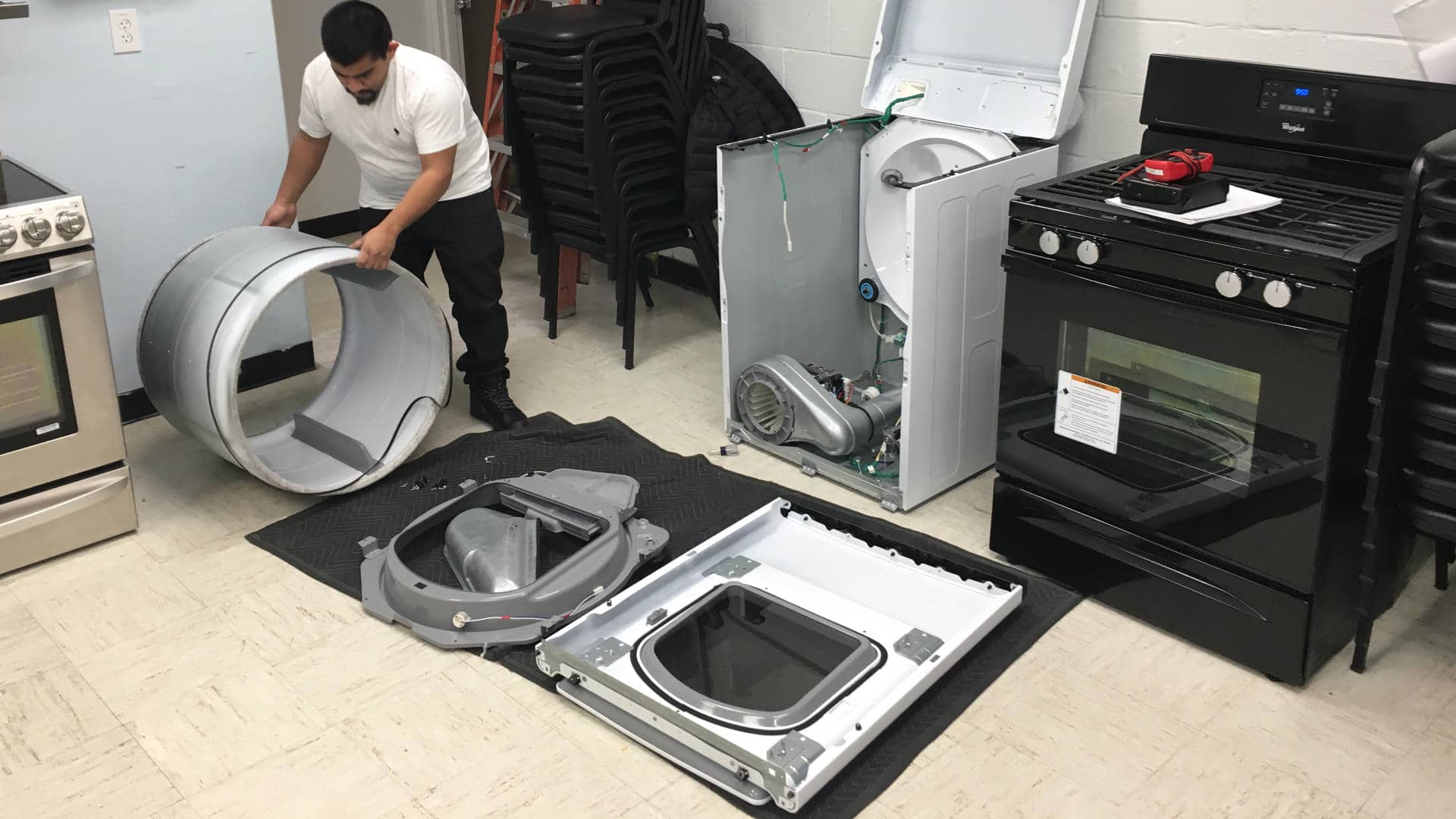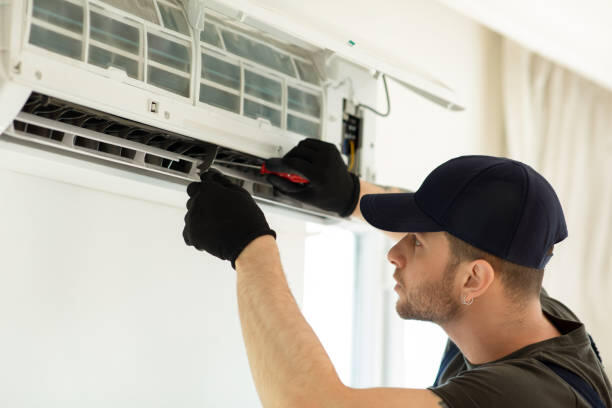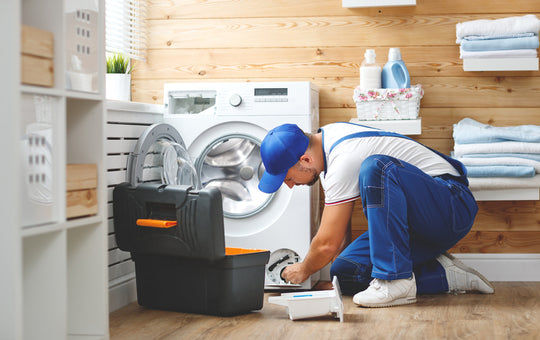Troubleshooting Heat Pump Issues: Common Problems and Solutions
Troubleshooting Heat Pump Issues: Common Problems and Solutions
Heat pumps are essential for maintaining comfortable temperatures in homes year-round. They efficiently provide heating in the winter and cooling in the summer, making them a popular choice for many households. However, like any appliance, heat pumps can encounter problems that affect their performance. In this blog, we will delve into common heat pump issues and their solutions. Understanding these problems can help homeowners troubleshoot and address them promptly, ensuring their heat pump operates smoothly and efficiently.
Understanding Heat Pump Operation and Components
Before diving into specific heat pump issues, it's crucial to have a basic understanding of how heat pumps work and their main components. A heat pump operates by transferring heat from one place to another. During the winter, it extracts heat from the outside air and transfers it indoors. Conversely, in the summer, it removes heat from inside the house and releases it outside. The key components of a heat pump include:
- Compressor
- Condenser Coil
- Evaporator Coil
- Reversing Valve
- Thermostat
Compressor: This component compresses refrigerant, increasing its temperature and pressure.
Condenser Coil: In heating mode, the condenser coil releases absorbed heat into the home.
Evaporator Coil: In cooling mode, the evaporator coil absorbs heat from inside the home.
Reversing Valve: This valve changes the direction of refrigerant flow, allowing the heat pump to switch between heating and cooling modes.
Thermostat: The thermostat controls the heat pump's operation, regulating the temperature.
Understanding these components can help you better identify and troubleshoot heat pump issues. For instance, if you know the role of the compressor, you can recognize when a problem might be related to it, such as unusual noises or issues with temperature regulation.
Addressing Heat Pump Not Heating or Cooling Properly
One of the most common heat pump issues is the unit not providing adequate heating or cooling. Several factors can cause this problem:
- Dirty Air Filters
- Low Refrigerant Levels
- Blocked Outdoor Unit
- Faulty Thermostat
Dirty Air Filters: Clogged air filters restrict airflow, reducing the heat pump's efficiency. Regularly cleaning or replacing air filters can prevent this issue. Dirty filters not only impede airflow but also force the heat pump to work harder, which can lead to increased energy consumption and potential damage over time.
Low Refrigerant Levels: Insufficient refrigerant can hinder the heat pump's ability to transfer heat. If you suspect low refrigerant, it's best to contact a professional technician to check and refill it. Low refrigerant levels can also be indicative of leaks in the system, which require professional repair.
Blocked Outdoor Unit: Debris such as leaves, dirt, and snow can obstruct the outdoor unit, affecting its performance. Ensure the area around the unit is clear and clean. A blocked outdoor unit can lead to the system overheating, which can cause further mechanical issues if not addressed promptly.
Faulty Thermostat: A malfunctioning thermostat can cause temperature regulation issues. Check the thermostat settings and replace it if necessary. Thermostat issues can sometimes be resolved by recalibrating the unit or ensuring that it is correctly set for the desired temperature and mode.
By addressing these potential problems, you can restore your heat pump's heating and cooling efficiency. Regular maintenance and inspections can help identify these issues early before they lead to more significant problems or system failures.
Dealing with Defrost Cycle Malfunctions
Heat pumps have a defrost cycle to prevent ice buildup on the outdoor unit during cold weather. If the defrost cycle malfunctions, it can lead to several heat pump issues, including reduced heating capacity and increased energy consumption. Here are some common causes and solutions:
- Faulty Defrost Control Board:
- Defective Defrost Sensor
- Refrigerant Issues
Faulty Defrost Control Board: The defrost control board regulates the defrost cycle. If it malfunctions, the cycle may not initiate or terminate correctly. Replacing the control board can resolve this issue. The control board is a critical component, and its failure can lead to continuous icing or unnecessary defrosting, both of which reduce system efficiency.
Defective Defrost Sensor: The defrost sensor monitors the temperature of the outdoor coil. A faulty sensor can prevent the defrost cycle from activating. Replacing the sensor can restore proper operation. Sensors can sometimes be affected by dirt or debris, so regular cleaning can also help maintain proper function.
Refrigerant Issues: Low refrigerant levels can affect the defrost cycle. Ensuring the refrigerant is at the correct level can prevent this problem. Proper refrigerant levels ensure that the heat pump can efficiently transfer heat, which is essential for both heating and defrosting cycles.
Regular maintenance and timely repairs can help maintain an efficient defrost cycle, preventing ice buildup and ensuring optimal heat pump performance. In regions with colder climates, ensuring the defrost cycle operates correctly is particularly important for maintaining comfort and energy efficiency.
Fixing Reversing Valve Failures
The reversing valve is a critical component that allows the heat pump to switch between heating and cooling modes. If the reversing valve fails, the heat pump may get stuck in one mode, causing discomfort in the home. Here are some common signs and solutions for reversing valve failures:
- Stuck Valve
- Electrical Issues
- Refrigerant Leaks
Stuck Valve: If the valve is stuck, the heat pump will not switch modes. Tapping the valve gently can sometimes release it, but a professional technician may need to replace it. Stuck valves can be caused by debris or mechanical failure, so keeping the system clean and regularly inspected can help prevent this issue.
Electrical Issues: Faulty wiring or electrical connections can prevent the reversing valve from functioning correctly. Checking and repairing the electrical components can resolve this problem. Ensuring that all electrical connections are secure and free from corrosion can help maintain the valve's functionality.
Refrigerant Leaks: Leaks in the refrigerant lines can affect the reversing valve's operation. A professional technician can locate and repair any leaks. Regular system checks can help identify leaks early, preventing damage to the reversing valve and other components.
Addressing reversing valve failures promptly can ensure your heat pump operates correctly in both heating and cooling modes. Regular inspections and preventive maintenance can help identify potential issues with the reversing valve before they cause significant disruptions to your heat pump's operation.
Handling Electrical Problems in Heat Pumps
Electrical problems are another common issue that can affect heat pump performance. These issues can range from simple wiring problems to more complex component failures. Here are some common electrical problems and their solutions:
- Tripped Circuit Breakers
- Faulty Capacitors
- Wiring Problems
- Thermostat Malfunctions
Tripped Circuit Breakers: Heat pumps require a significant amount of power, which can occasionally trip circuit breakers. Resetting the breaker can restore power to the unit. However, if the breaker trips frequently, it may indicate a more significant issue that requires professional attention. Frequent breaker trips can be a sign of electrical overloads or short circuits, both of which need to be addressed promptly to prevent further damage.
Faulty Capacitors: Capacitors store and release electrical energy to start the compressor and fan motors. A faulty capacitor can prevent the heat pump from starting. Replacing the capacitor can resolve this issue. Signs of a failing capacitor include clicking sounds, slow startup, and decreased cooling or heating efficiency.
Wiring Problems: Loose or damaged wires can cause various heat pump issues. Inspecting and repairing any faulty wiring can ensure the heat pump operates safely and efficiently. Regularly checking for signs of wear, corrosion, or damage can help maintain the integrity of the wiring and prevent electrical failures.
Thermostat Malfunctions: Electrical issues with the thermostat can affect the heat pump's operation. Checking the thermostat wiring and connections can help identify and resolve these problems. Sometimes, simply replacing the batteries in the thermostat can resolve issues, but more complex electrical faults may require professional diagnosis and repair.
Regular inspection and maintenance of the electrical components can prevent many common heat pump issues and ensure safe operation. Ensuring that your heat pump's electrical system is in good condition can help prevent breakdowns and extend the lifespan of your unit.
Additional Tips for Maintaining Your Heat Pump
Beyond addressing specific heat pump issues, there are several general maintenance practices that can help keep your heat pump running efficiently:
- Regular Professional Inspections:
- Seasonal Maintenance
- Clear Surroundings
- Monitor Performance
- Educate Yourself
Regular Professional Inspections: Having a professional technician inspect your heat pump annually can identify potential issues before they become major problems. Technicians can perform comprehensive checks and maintenance, ensuring all components are in good working order.
Seasonal Maintenance: Before the heating and cooling seasons, it's a good idea to perform a thorough check of your heat pump. This includes cleaning the outdoor unit, checking the refrigerant levels, and ensuring all components are functioning correctly.
Clear Surroundings: Ensure that the area around your outdoor unit is free from obstructions. Plants, debris, and other objects can block airflow and affect the heat pump's performance.
Monitor Performance: Pay attention to your heat pump's performance. Unusual noises, reduced efficiency, or inconsistent heating and cooling can all be signs of underlying issues. Addressing these signs early can prevent more significant problems.
Educate Yourself: Understanding the basics of how your heat pump operates can help you identify issues early and communicate effectively with technicians. Many manufacturers provide manuals and resources that can be helpful in understanding your specific heat pump model.
By following these tips and addressing issues promptly, you can ensure your heat pump provides reliable and efficient heating and cooling for years to come.
Conclusion
Heat pumps are reliable and efficient appliances for maintaining comfortable temperatures in your home. However, they can encounter various issues that affect their performance. By understanding the common heat pump issues and their solutions, you can troubleshoot and address problems promptly, ensuring your heat pump operates efficiently and reliably. Regular maintenance and timely repairs are crucial to preventing heat pump issues and extending the lifespan of your unit. If you encounter any complex problems or are unsure about performing repairs, it's always best to contact a professional technician for assistance.
